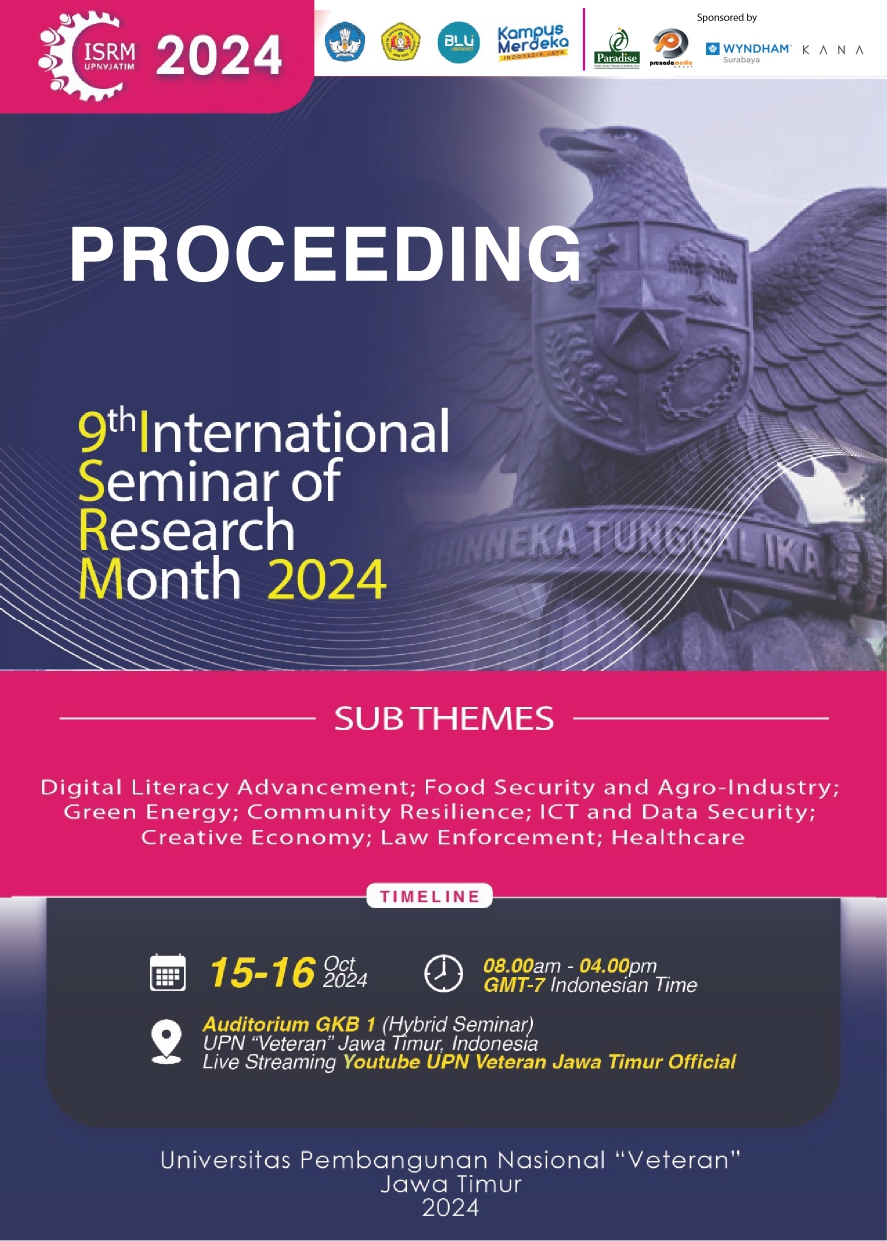Website-based Interactive Learning Animation Design for Grade 11 Biology Subject Degistive System
DOI:
https://doi.org/10.11594/nstp.2025.47122Keywords:
Animation, website, Biology learningAbstract
In the learning process, Biology is often faced with material that is difficult to visualize because basically, Biology lessons need visuals that explain the material, especially on the digestive system material because this process is in the body contained in the body. Learning media is also needed, but if only in the form of a video, it is less effective because of the lack of visual clarity delivered. In this case, the researcher develops research that has been made previously (Fariz, 2021) entitled “Interactive Learning Animation Based on 11th Grade Biology Website Respiratory System”. In this development, researchers will add to the advantages of previous researchers by developing a visual level of animation and interaction system that is expected to be attractive to increase student interest in learning which can be accessed via the website so that it can be used anywhere and anytime.
Downloads
References
Daud F & Rahmadana A., (2015). Development of E-Learning based biology learning media on excretion materials for class XI IPA 3 SMAN Makassar, Makassar State University.
Mukti, I. N. C., & Nurcahyo, H. (2017). Development of computer-aided biology learning media to improve student learning outcomes. State University of Yogyakarta. Yogyakarta.
Titin P., & Resti L. A. (2021). Introduction to English through interactive animated learning media. FTI, Nusa Mandiri University.
Tutik R., (2017). Data collection methods in qualitative research. Bandung: UNPAR Press
Suwarno. (2009). Biology learning guide: For Senior High School/Islamic Senior High School Grade XI (R. Riswanti, Ed.; A. Wahyono, Illus.). Jakarta: Book Center, Ministry of National Education.
Syamsurizal. (2005). General biology. Department of Biology, Faculty of Mathematics and Natural Sciences, Universitas Negeri Padang.
Makbul, M. (2021). Data collection methods and research instruments. OSF Preprints.
Downloads
Published
Conference Proceedings Volume
Section
License

This work is licensed under a Creative Commons Attribution 4.0 International License.
Authors who publish with this proceedings agree to the following terms:
Authors retain copyright and grant the Nusantara Science and Technology Proceedings right of first publication with the work simultaneously licensed under a Creative Commons Attribution License that allows others to share the work with an acknowledgement of the work's authorship and initial publication in this proceeding.
Authors are able to enter into separate, additional contractual arrangements for the non-exclusive distribution of the proceedings published version of the work (e.g., post it to an institutional repository or publish it in a book), with an acknowledgement of its initial publication in this proceeding.
Authors are permitted and encouraged to post their work online (e.g., in institutional repositories or on their website) prior to and during the submission process, as it can lead to productive exchanges, as well as earlier and greater citation of published work (See the Effect of Open Access).














